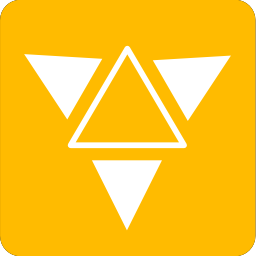 Rayve
A FULLY RAY TRACED 3D GAME ENGINE
Rayve
A FULLY RAY TRACED 3D GAME ENGINE
Coming soon!
100% Ray Traced
Raylogic has developed a new graphics driver that is written from scratch and based
entirely on ray tracing. Rayve uses this new graphics driver instead of OpenGL, DirectX
or Vulkan*.
Rayve doesn't include ray tracing, Rayve is ray tracing. The elimination
of all rasterization allows a radical rethinking of the rendering pipeline. In addition,
lighting, shadows, PBR, reflections, transparency and other effects come naturally.
Rendering is balanced between graphic fidelity and fast frame rates. Deterministic ray
paths are used that do not require denoising and give clean graphic detail.
*A bit of Vulkan is used to gain access to the GPU, but the Vulkan rendering pipeline is not used.
Ray Tracing Simplicity
No vertex processing
No frustum culling
No occlusion culling
No overdraw reduction
No draw calls
No shadow mapping
No screen space calculations
No environment or cube mapping
No forward / deferred rendering
No transparency ordering
No level of detail meshes
No depth buffers
No mip-mapping
No filtering
The internal renderer is small, simple and streamlined,
having dramatically less complexity than rasterization-based engines.
Features So Far...
PBR materials
Dynamic lights
Dynamic shadows
Global illumination
GPU animated models
GPU particles
Simple Fog
Physics
Collision events
Scene queries
Spatial audio
True ray traced supersampling (1x to 4x)
Half-Res mode and trace limiting
More features to come...
System Requirements
Rayve, and games made with Rayve, require Windows 10 and above.
For FHD & QHD, Nvidia 3070 minimum (4070 or higher recommended).
For UHD, Nvidia 4080 or higher recommended.
A gaming class PC with a minimum 4 cores, 8gb main memory.
Latest Nvidia graphics driver.
Visual Studio 2022
Support for AMD GPU's is planned, but not currently available.

First successful running prototype of the ray tracing renderer was August, 2020.
Raylogic was established in 1999. All content ©Raylogic 2024, except where noted. All rights reserved.
 Rayve
Rayve Rayve
Rayve